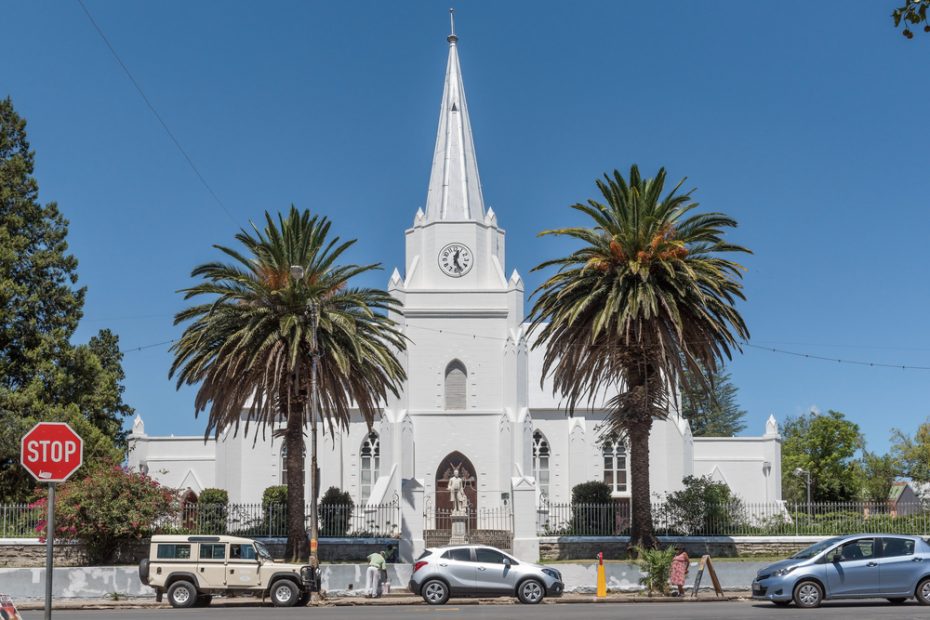Exploring the Leadership Structures of the Presbyterian Church
Welcome to the fascinating world of Presbyterian Church leadership structures! Presbyterianism is unique in its approach to church governance – it’s both democratic and hierarchical. It’s an exciting mix of traditionalism and modernity, and the leadership structures that make up the church reflect this balance.
The foundation of the Presbyterian Church’s leadership structure is the Session. This is the local governing body of each congregation and is composed of ordained Elders, as well as the Pastor. The Session is responsible for the spiritual oversight and administration of the congregation. It meets regularly to discuss matters pertaining to the church, such as financial matters and personnel decisions.
The next level of church leadership is the Presbytery. This is a regional body of ordained Elders and Teaching Elders (pastors) that provides general oversight of all the congregations within its bounds. The Presbytery is responsible for the ordination of ministers, the licensing of lay pastors, and the approval of new churches.
The highest level of church governance is the General Assembly. This is the most visible and influential part of the Presbyterian Church and is made up of representatives from all the presbyteries. The Assembly meets yearly to discuss and debate issues relevant to the church as a whole, and to pass resolutions that will become the law of the church.
Presbyterian church structures are designed to ensure that every member of the church is involved in the decision-making process. This democratic approach to governance is one of the most important aspects of the Presbyterian Church, and one of the reasons why so many people choose to be part of it.
Now that you know a little bit about the Presbyterian Church’s leadership structures, you can start learning more about all the ways that the church is structured and how it works!
Understanding the Different Roles of the Presbyterian Church Leadership
Presbyterian church leadership plays an incredibly important role in keeping the church running and organized. Presbyterian churches are led by ministers, elders, and deacons. Each of these roles is essential in the life and ministry of the church. Here’s a look at the different roles of Presbyterian church leadership and how they work together.
Ministers
Ministers are the primary leaders of Presbyterian churches. They are responsible for preaching, teaching, and leading worship services. Ministers are also responsible for leading the church in mission and outreach, providing pastoral care, and helping to guide the church’s other leaders.
Elders
Elders are responsible for the governance of the church. They are elected by the congregation and serve as its representatives. Elders are responsible for overseeing the church’s budget, managing personnel, and participating in strategic planning. They also serve as a link between the church and the wider church community.
Deacons
Deacons are responsible for the ministry of the church, including visitation, outreach, and charity. They are responsible for providing spiritual, emotional, and material support for church members and the community at large. Deacons serve as a bridge between the ministry of the church and the needs of the community.
All three roles are essential to the life and ministry of the Presbyterian church. Together, they ensure that the church is a vibrant and active community of faith. They all have important roles to play in the life of the church and the wider church community.
The History of the Presbyterian Church Leadership Model
The Presbyterian Church has a long history of leadership and organizational models. The current model of Presbyterian Church leadership is rooted in the doctrines and practices of the 16th and 17th century Reformation.
At the heart of Presbyterian Church leadership is the concept of presbytery, or church courts. This is a grouping of church leaders from various congregations who meet to discuss and develop church policies and strategies. The presbytery is led by a moderator and is responsible for the spiritual oversight and discipline of the church.
The Presbyterian Church also has a hierarchical structure, with each congregation electing its own elders and deacons. The elders are responsible for the spiritual oversight of their congregation, while deacons manage the church’s resources and finances. The elders and deacons then elect a pastor, who is responsible for the spiritual guidance of the congregation. Each of these roles has its own unique set of duties, and all members of the congregation are encouraged to take part in the leadership and decision-making process.
The Presbyterian Church also has a system of ruling councils, known as synods. These are composed of elected representatives from each of the congregations’ presbyteries. The synod meets annually to discuss and decide the church’s policies, including those related to doctrine and worship.
In addition to the hierarchical structure outlined above, the Presbyterian Church also has a system of district and national assemblies. These larger bodies are composed of elected representatives from various presbyteries and congregations and meet to discuss and decide the church’s policies on a wider scale.
The Presbyterian Church’s leadership model is unique in that it combines the collective wisdom and authority of the church’s members with the expertise and experience of its leaders. This model has enabled the church to remain true to the principles of its foundational documents while adapting to the changing needs of its constituents.
Conclusion
The Presbyterian Church is a hierarchical organization, with a governance structure that is based on the principles of democracy, representation, and accountability. Each church has its own governing body, who are elected by the congregation, and who elect the members of the presbytery and synod, who in turn elect the members of the General Assembly. This system of government allows for the members of the church to have a say in the decisions that are being made, while still allowing the church to be unified and function effectively.
